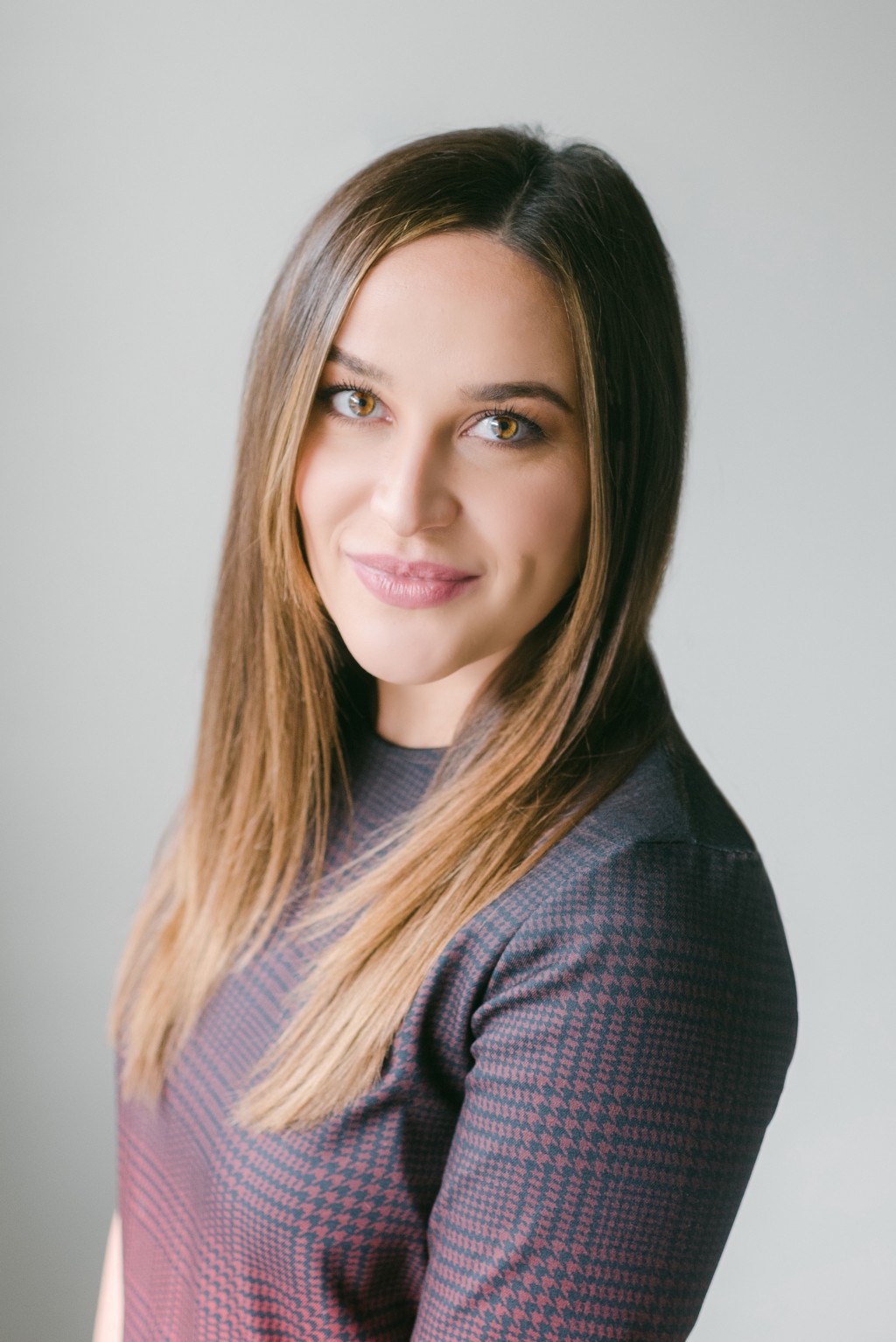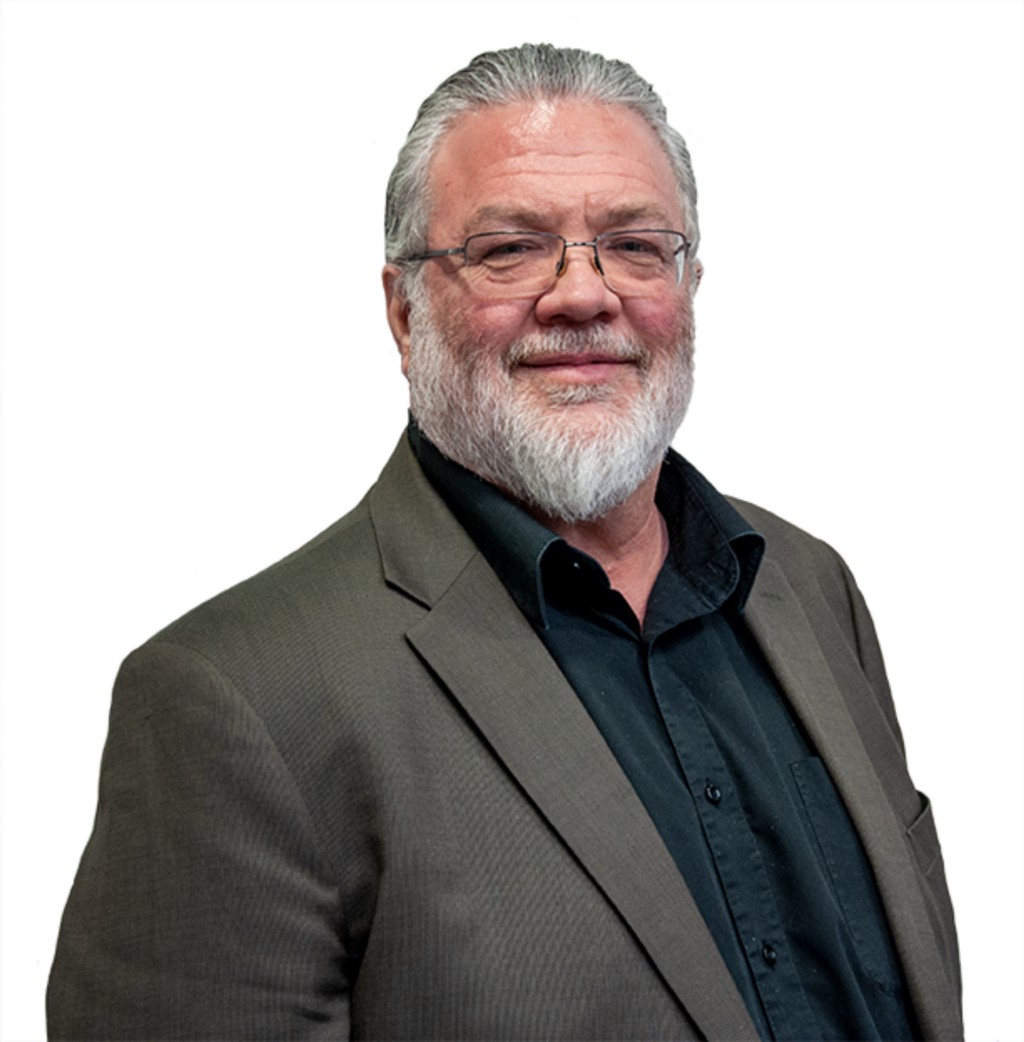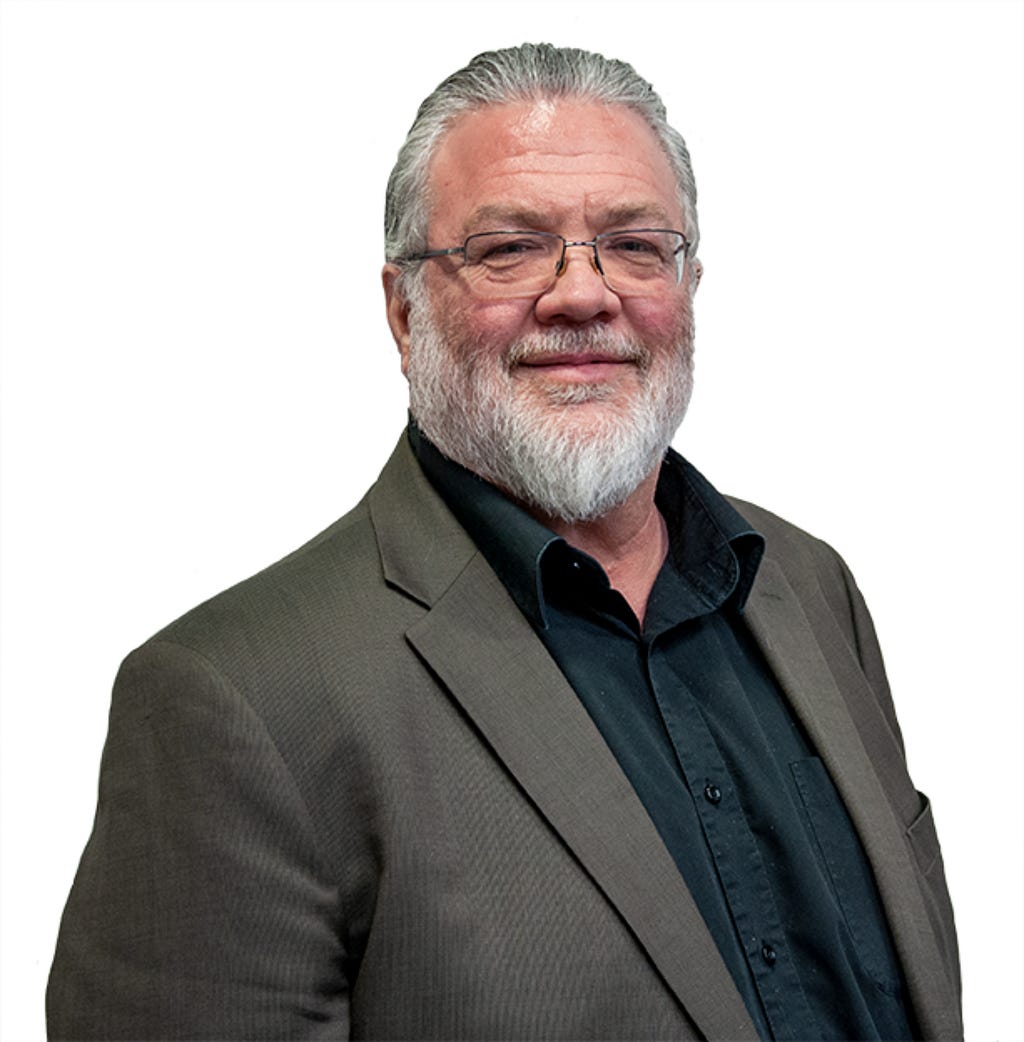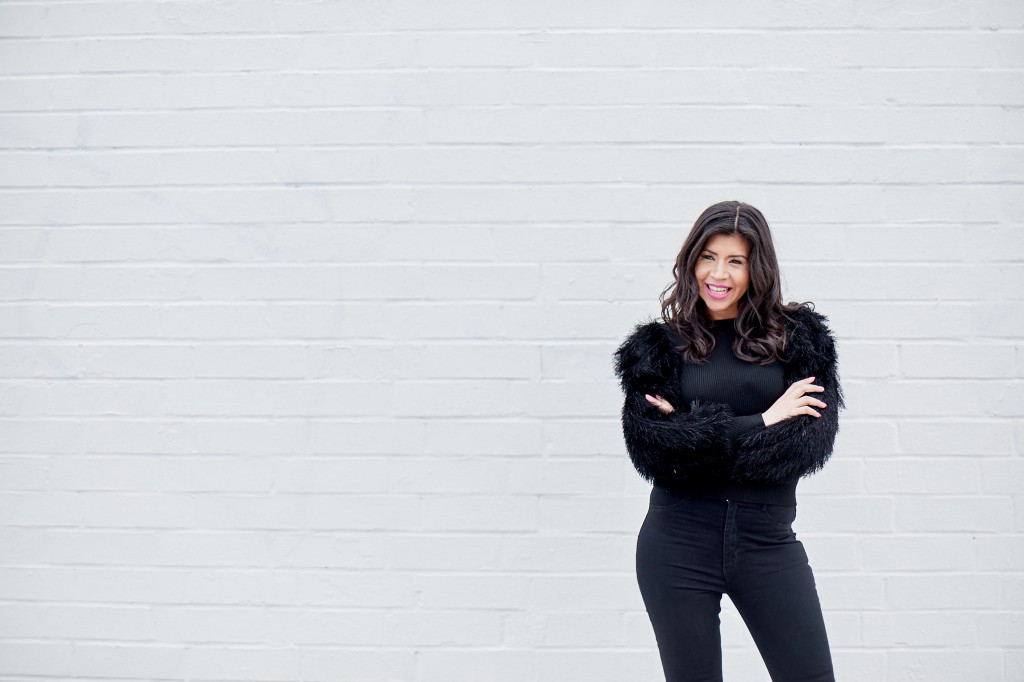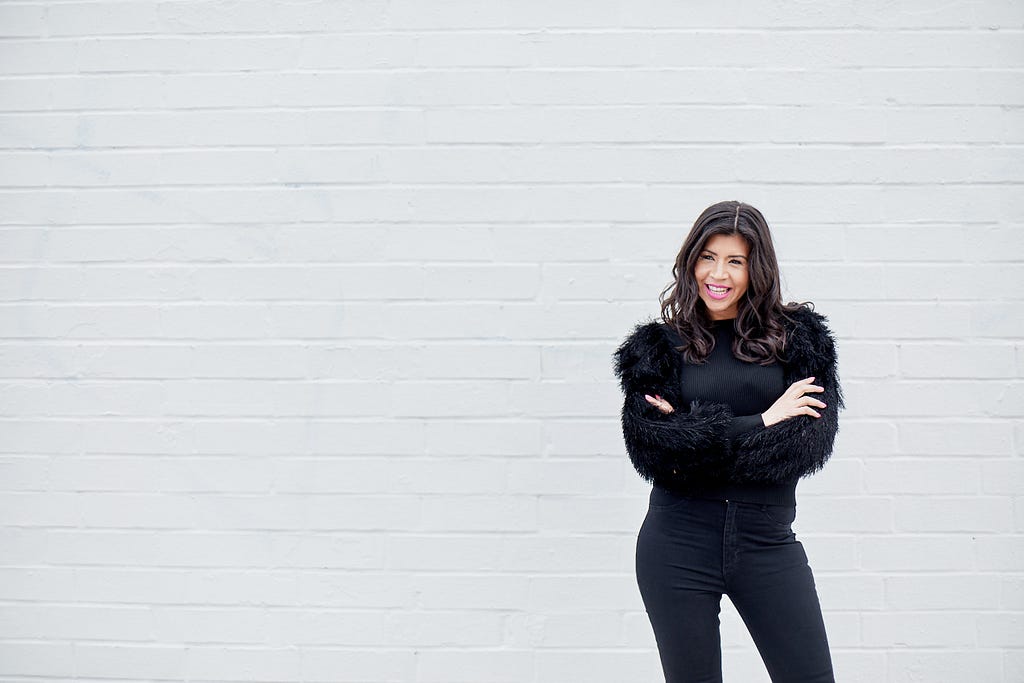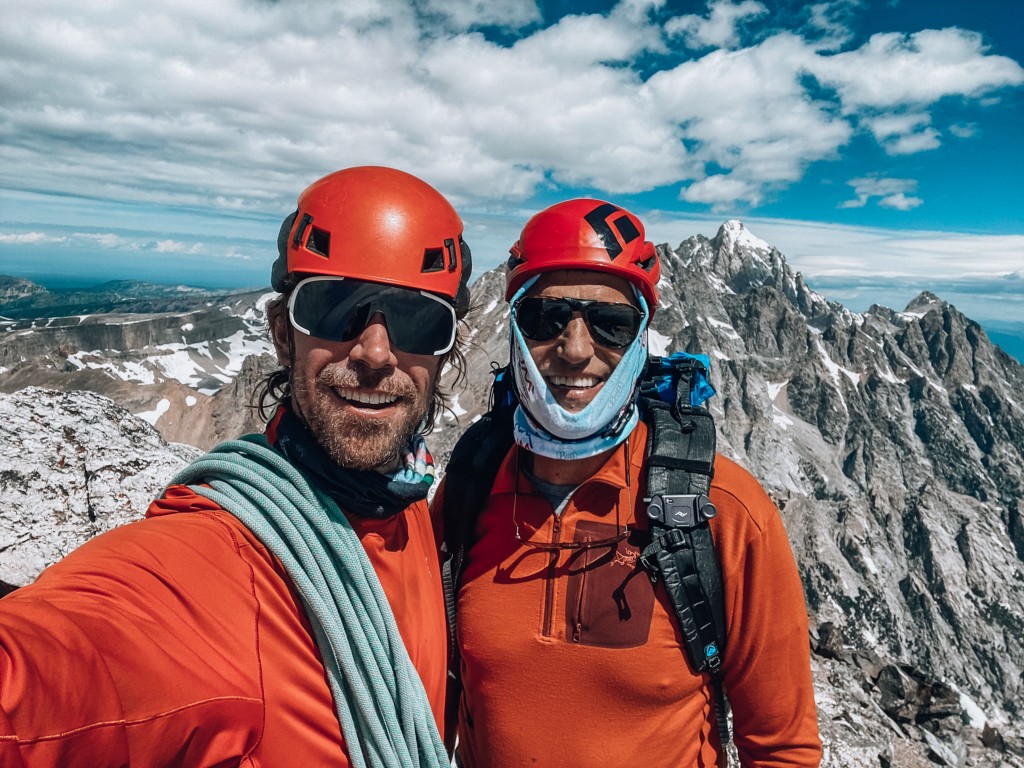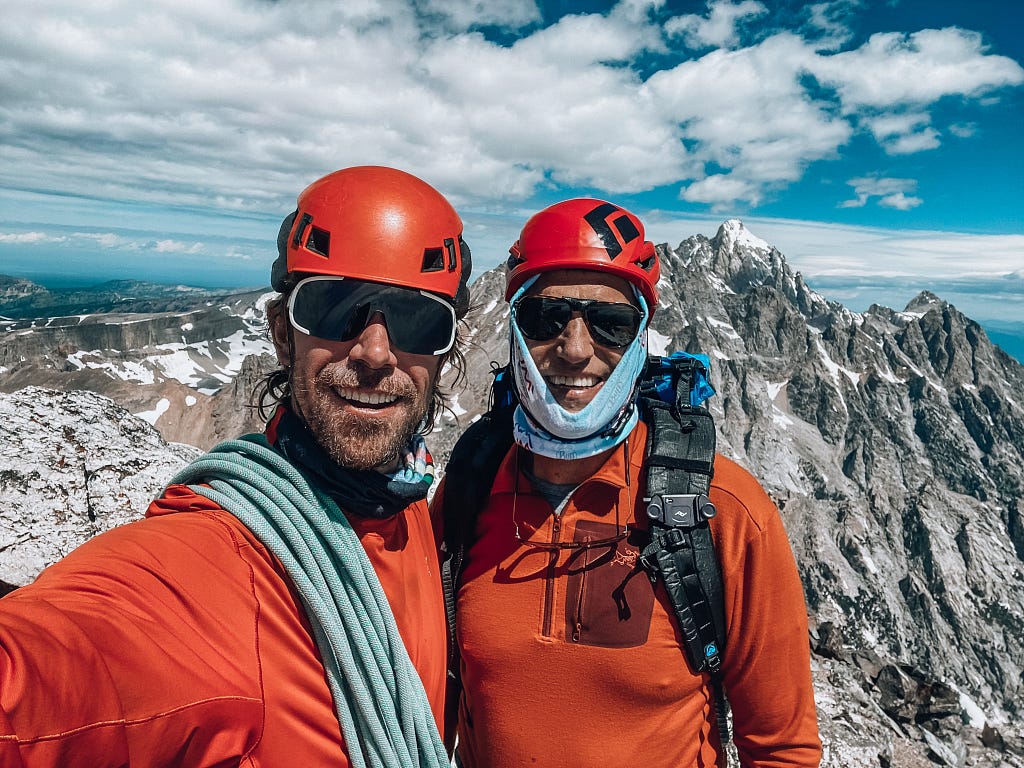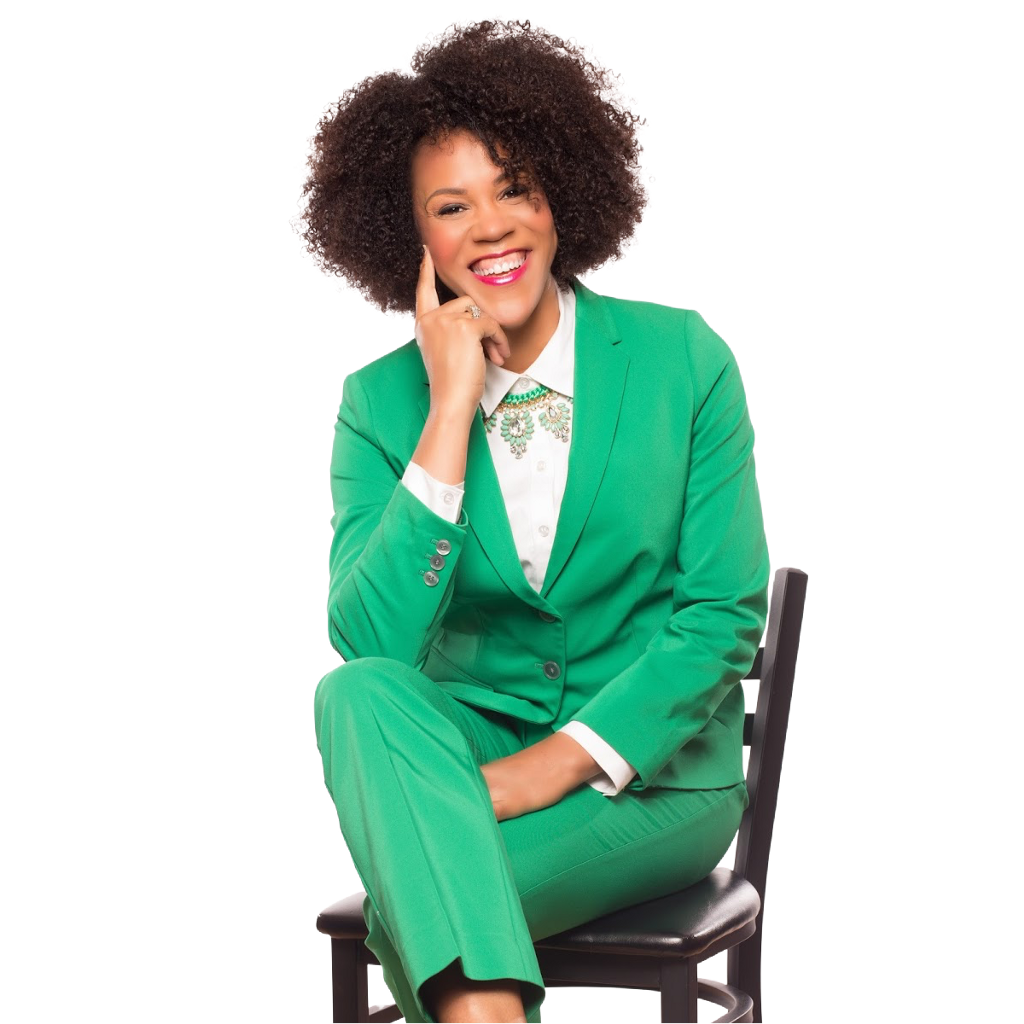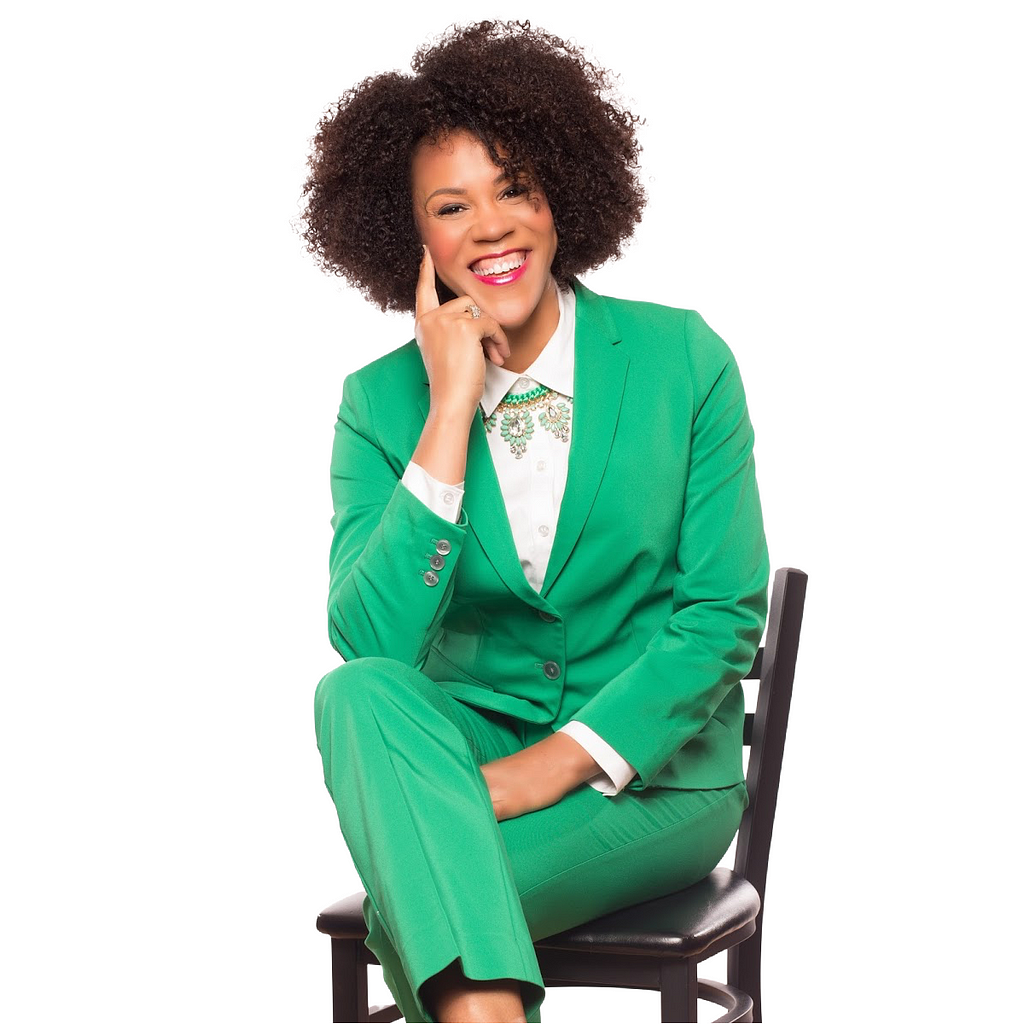Female Disruptors: Dr. Teresa Purzner of Cerebelly On The Three Things You Need To Shake Up Your Industry

It feels like more and more, we are defining ourselves by our differences rather than our shared challenges and opportunities. If I could inspire a movement, it would be to shift our perspective away from considering how the person beside you is a threat to your values and ambitions, and instead, towards how the person beside you can inspire / augment your vision/passion/interests and you, theirs.
As a part of our series about women who are shaking things up in their industry, I had the pleasure of interviewing Dr. Teresa Purzner.
Dr. Teresa Purzner is a mother of three, practicing neurosurgeon, developmental neurobiologist and the Co-Founder of Cerebelly. While studying at Stanford, Purzer led the development of a new treatment for the most common type of infant brain cancer which is currently in human clinical trial and through this, found that various regions of the brain grow and peak at different times — each having their own nutrient needs to give children the best possible start in life. In 2019, Purzner developed Cerebelly which is the first and only baby food brand on the market that combines up-to-date early childhood nutrition with developmental neuroscience to provide veggie-first, science backed food with brain-supporting superior ingredients. Purzner ensures that Cerebelly employs robust processes to ensure the highest possible quality for all its products, and is the first ever shelf-stable children’s food brand to receive The Clean Label Project Purity Award, an honor only bestowed after products are tested for over 400 contaminants and heavy metals and meet the organization’s highest standard. In addition to Purzner’s medical accolades, she has been recognized as a Bio-X and SIGF Fellow, as well as a SPARK Scholar. Watch Teresa Talk Here
Thank you so much for doing this with us! Before we dig in, our readers would like to get to know you a bit more. Can you tell us a bit about your “backstory”? What led you to this particular career path?
I’m an MD neurosurgeon with a PhD in developmental neurobiology, but I am first a mother of three. While doing my research at Stanford I had my own babies and realized there was a huge gap in the market when it came to providing specific nutrients during key windows of brain development. Not only did the foods on the healthiest grocery store shelves miss out on these nutrients, they were missing out on the basic nutrients a developing brain and body needs. So, I guess I decided to set out and change that with Cerebelly. I knew if I didn’t do that, there was a high likelihood of no one else doing it.
There aren’t a lot of practicing neurosurgeons that step aside from operating to start a business. And to be honest, there were many moments that I questioned what I was doing. But there is a greater good involved in being able to put out a superior product that is accessible to all that motivated me to push myself.
Can you tell our readers what it is about the work you’re doing that’s disruptive?
I think there are three major ways Cerebelly is being disruptive — for the better! One, of course, is the brain-focused aspect. I wanted to build a brand that offers nutrition that grows with a child’s developing brain. There is not one other brand on the market today that offers that to parents — and it’s the single most important differentiator between us and the other brands available. A child’s brain develops in extraordinary amounts during the first 18 months, so it is critical to be able to provide the nutrients it needs to best support that growth and development.
Secondly, which I think is really big, is the fact Cerebelly’s products are all vegetable-based. The great majority of baby food out there, even if the pouch has spinach, kale, or another veggie on the front, actually only contains a small amount of vegetables. When shopping for my own children, I would see these pouches with big green leafy pictures of spinach on the front, but when I would flip the pouch and look at the ingredients, I would find that there was the equivalent of ONE calorie worth of spinach in there. That was alarming to me and not acceptable, so we made the decision to have all our pouches be veggie-first, always.
And then the third one is that Cerebelly goes above and beyond in every aspect of the development of our products. When I was at Stanford, I also developed a drug for kids with cancer, and that’s a very rigorous, extremely intense process… whether it’s brain surgery or drug-development or science, I approach things very rigorously and very thoroughly. So, with Cerebelly, I took that same sort of attitude and put it to baby food development. Things like heavy metals — I have a real problem with the fact that there are heavy metals in baby food. So, we made sure the soil in which our ingredients are grown are the right type of soil, that it’s organic and non-GMO… Our DHA, I wanted it to be a non-meat-based DHA and I wanted it to be water-extracted… Every aspect of it, we did it at 110%. And I think that is a very different way of approaching baby food in general, but a very normal way of approaching brain surgery. It’s this transparency that awarded us the Clean Label Project award for all our products, which is extremely exciting and something I am very proud of.
How are you and Cerebelly going to shake things up next?
Our mission as a company and as individuals, is to change the way we nourish our kids. The standards we have in this country are simply not good enough, and we are going to push and fight hard to change that. Because we know we can. And it’s time. I definitely want to keep growing with our “Cerebelly babies” because while the window for critical brain development is in the early years, the brain never stops growing. There are many, many ways for us to continue to support healthy cognitive development as your little ones grow. So be on the lookout for more delicious and nutritious options from us in the coming months and years!
Can you share a story about the funniest mistake you made when you were first starting? Can you tell us what lesson you learned from that?
Haha I think when you’re this early, and growing, it’s hard to think of anything as a funny mistake — little bumps are more like the spice that helped make a more complex soup and big bumps aren’t so hilarious!! Here’s a funny little moment, I guess — occasionally (ok, often…) I will run out of time before an important call / interview and won’t have time to change into a proper outfit. Given that this happens more often than I’d proudly admit, I keep a scrub top beside my desk because while scrubs wear (and wash!) like pajamas, they are socially accepted as reasonable attire even in pretty serious situations. I’ve also found that people more readily excuse a somewhat disheveled appearance when paired with scrubs (score!). Once my 2-year old came bombarding into the room during one-such scrub-adorned call. I was stuck between a rock and hard place — let the kid disrupt the call, go off video during a critical moment, or get up and reveal my sweatpants. Since then, I keep a scrub top AND bottom beside my desk.
Who have been some of your mentors? Can you share a story about how they made an impact?
The most impressive leader I’ve met is Dr. Jim Rutka. He’s a pediatric neurosurgeon who’s loved by his patients, a phenomenal researcher and a luminary in organized neurosurgery, having led many of the neurosurgical societies and served as editor of the most prestigious neurosurgical journals. While the strength of his CV is undeniable, what actually stands out to me most is his humanity. Simply put — he’s a wonderful person with a really great family. Even as a medical student, he would take time to talk with me in the halls and as a resident he was always up to date with my researcher and family life. When I got home after having my first child there was a huge gift basket waiting for me — from Dr. Rutka! I was out of the country and living in a small house in the woods, but there it was when I walked up to the front door. I’m not sure how he does it — in part I think it’s that he leads with confidence, clarity and kindness — but overall, I don’t think he’s the kind of person that can be replicated. I’ll settle with just being grateful to have spent my formative years under his guidance.

In today’s parlance, being disruptive is usually a positive adjective. But is disrupting always good? When do we say the converse, that a system or structure has ‘withstood the test of time’? Can you articulate to our readers when disrupting an industry is positive, and when disrupting an industry is ‘not so positive’? Can you share some examples of what you mean?
In short, no — I do not believe that being disruptive is always good. In fact, I think it’s often not good. Disruptive undertakings can create distractions, disorder or chaos in an otherwise stable, prolific environment. Occasionally, disruption can cause serious harm — I think we can all think of several recent examples where a significant change to normal protocol was not for the better.
Think of it from a brain surgeon’s perspective. If you have a problem with your brain, who do you want doing the operation? The surgeon who has done the same operation, the same way, with the same good results hundreds of times, or the surgeon who is going to think outside the box and get creative in the OR? Well, if you have a common disease with a well-established treatment protocol, you want the former. If you have a very rare disease that has no established protocol, you want the latter.
I feel this can be applied well beyond the OR. If you’re trying to do something unprecedented you probably need to be disruptive: a disease that has no cure, a colony on a new planet, a phone as a means of connecting to the world rather than just the person on the other end. Similarly, if there is a big gap between what we know and what we are doing, you need to be disruptive: a baby food that brings modern-day developmental neurobiology onto your child’s plate through a vegetable-first, adaptive meal-plan. Because no one has tried to do it at all, you are necessarily unprecedented and disruptive. But if you have no new information, no new technology, no unprecedented ambition — then maybe disruption is less helpful than a solid, meaningful improvement.
Just be honest with yourself when it comes to your motivations — are they egocentric (to make money or elevate yourself as a creative thinker) or is it because the situation really does call for innovation? If it’s the former, I suggest you simply take the time to find the latter.
In your opinion, what are the biggest challenges faced by ‘women disruptors’ that aren’t typically faced by their male counterparts?
I will start by saying that things are getting much better. There has been a tremendous change in environment from when I started medical training in 2004 until now. I am incredibly appreciative of the women before me (in neurosurgery and outside) — their courage and strength have made an enormous difference. Is there still a long way to go? Definitely. Am I still underestimated, spoken over, winked at and asked for bedpans by patients who think I’m their personal support worker and not their neurosurgeon — sure, almost every day. But I also believe that some of my greatest challenges — mainly related to being a parent and a surgeon — are becoming increasingly shared by all parents (fathers included).
Here’s a funny story. I’m often told “you’re too young to be a surgeon” and I’ll normally respond with a lighthearted “…it’s because I haven’t left the OR in 10 years, so I don’t get any sun”. Once though, while waiting for a coffee after a very long day of operating and over 30 hours without sleep, a man beside me very visibly looked me up and down then said, “so you’re a nurse?”. I responded, “I’m a doctor haha”. Normally it ends there, but this man would not be swayed and continued with “no way, you’re way too young to be a doctor”. Now normally here I’d simply stop responding, but it had been a very long day in the OR, over 30 hours without sleep and at least 18 without eating. So instead of saying nothing, I looked him right in the eye and said, “Old enough for three kids, two doctorates, two patents, a company, a drug trial and a dozen years of post-graduate training”. The barista grinned ear-to ear (she had seen me skirt around similar questions a zillion times). I smiled sweetly, wished him a good night, and went off to enjoy my coffee.
If you could inspire a movement that would bring the most amount of good to the most amount of people, what would that be?
It feels like more and more, we are defining ourselves by our differences rather than our shared challenges and opportunities. If I could inspire a movement, it would be to shift our perspective away from considering how the person beside you is a threat to your values and ambitions, and instead, towards how the person beside you can inspire / augment your vision/passion/interests and you, theirs.
From the start, my mission for Cerebelly has been to serve as a catalyst that elevates the standard of the entire baby food industry. I wanted to make a product so scientifically rigorous, superior and accessible that it became impossible to ignore. If another brand embarks on a similar mission with conviction and rigor, then I consider them allies. I am not competing with other brands — I’m competing against childhood obesity and the unacceptable, sugar-laden, nutritionally void offerings we have become accustomed to offering our children during their most vulnerable and influential years. When you compete against something real, then when you win it is meaningful.
Can you please give us your favorite “Life Lesson Quote”? Can you share how that was relevant to you in your life?
“Keep on keepin’ on” — In other words, just…. keep….showing…up. In my earlier years, winning often meant getting to the finish line first. Now I find, more and more, the winner is simply the last one to give up — the person who has that one extra idea, that one extra ounce of energy or conviction. There have been many days where I found it hard to keep going, to face, once again, a seemingly impossible problem or to push against an increasingly insurmountable inertia. Those days I forced myself to get out of bed and show up. Even if it means I just sit and stare at my computer, I still show up. Gradually, showing up becomes easier and more rewarding. Eventually you become excited to be there again. The key, though, is when you least want to show up — that’s when it’s the most important that you do.
How can our readers follow you online?
Cerebelly.com and on Instagram @eatcerebelly
Female Disruptors: Dr Teresa Purzner of Cerebelly On The Three Things You Need To Shake Up Your Ind was originally published in Authority Magazine on Medium, where people are continuing the conversation by highlighting and responding to this story.


